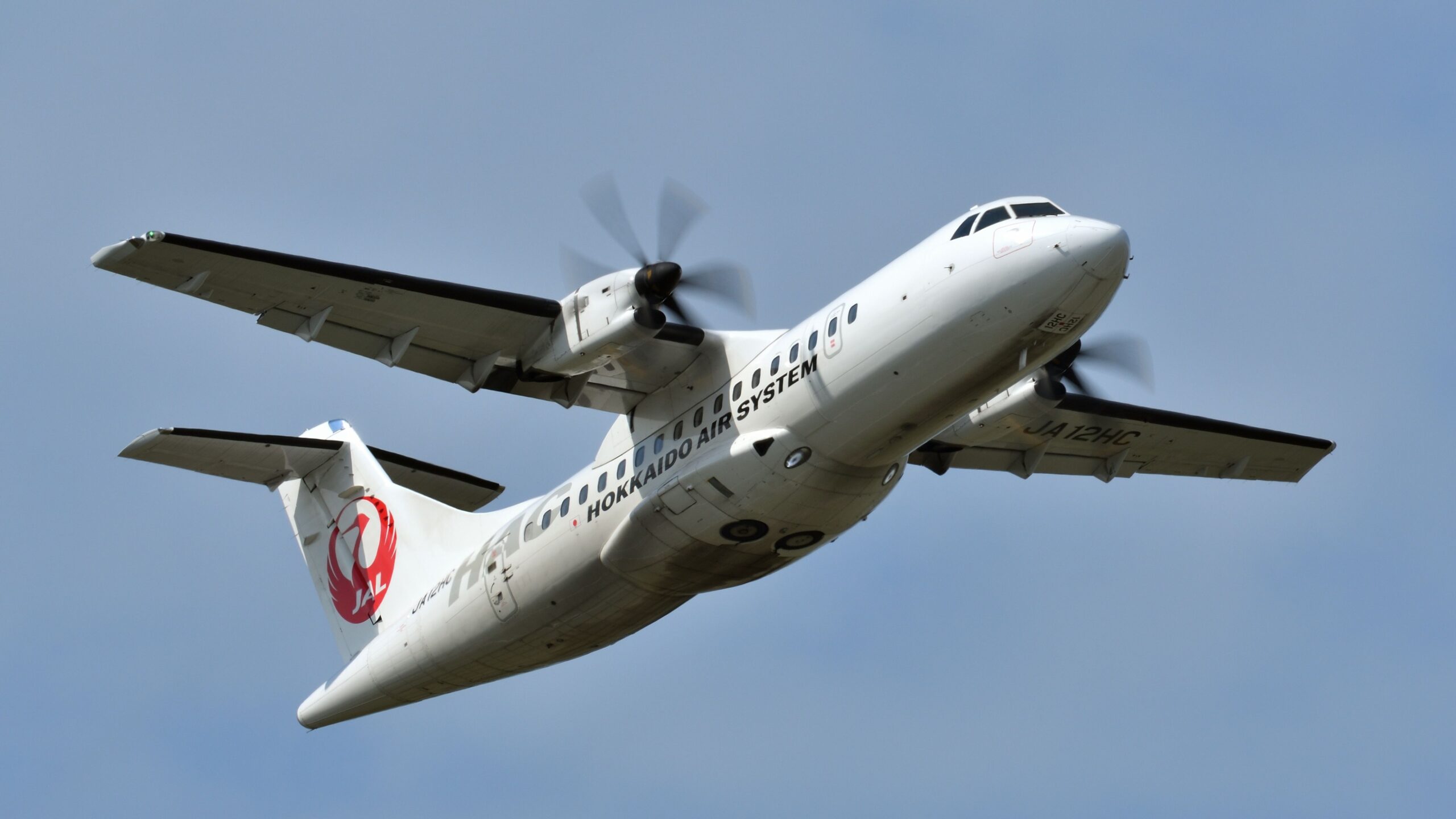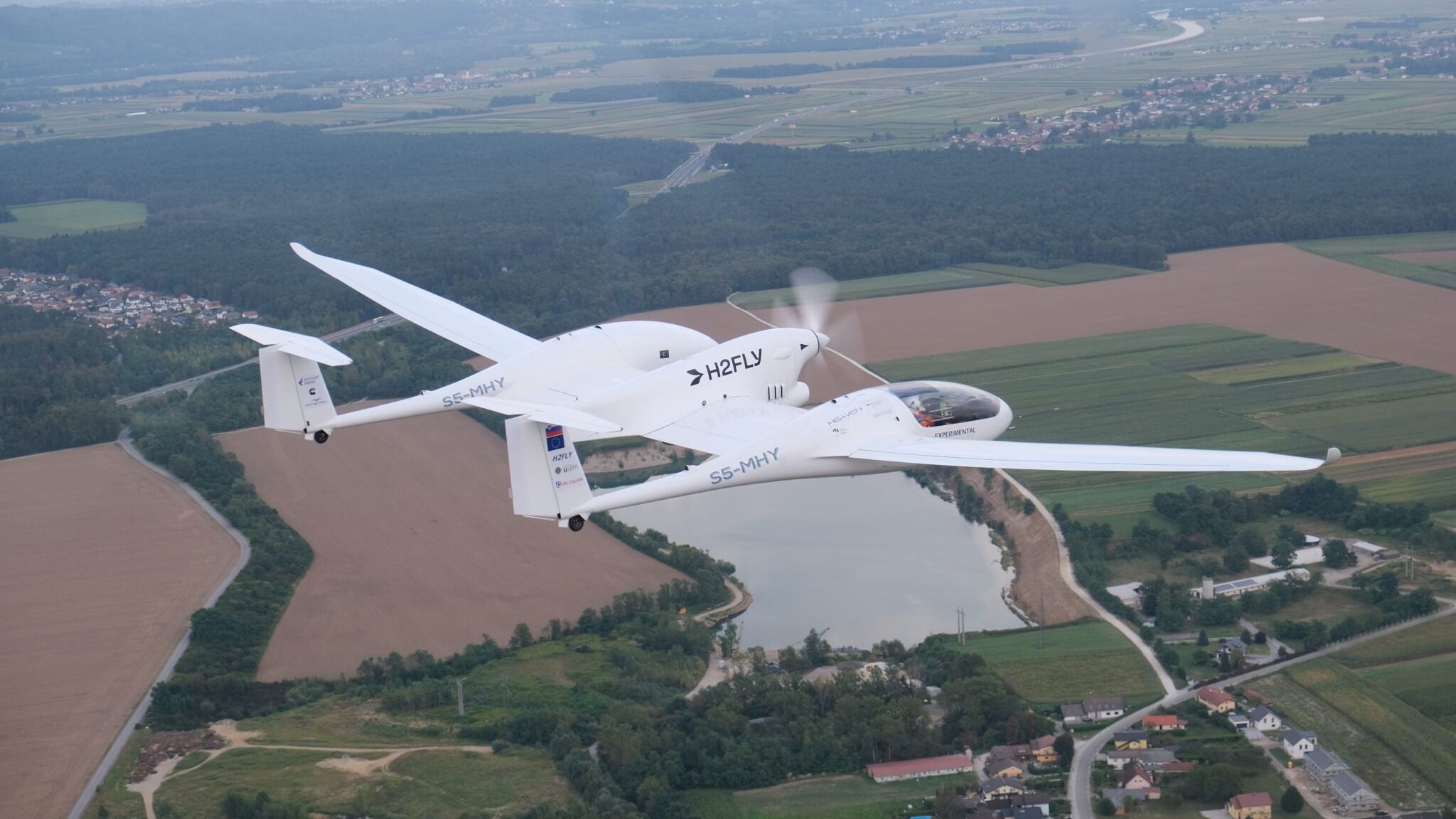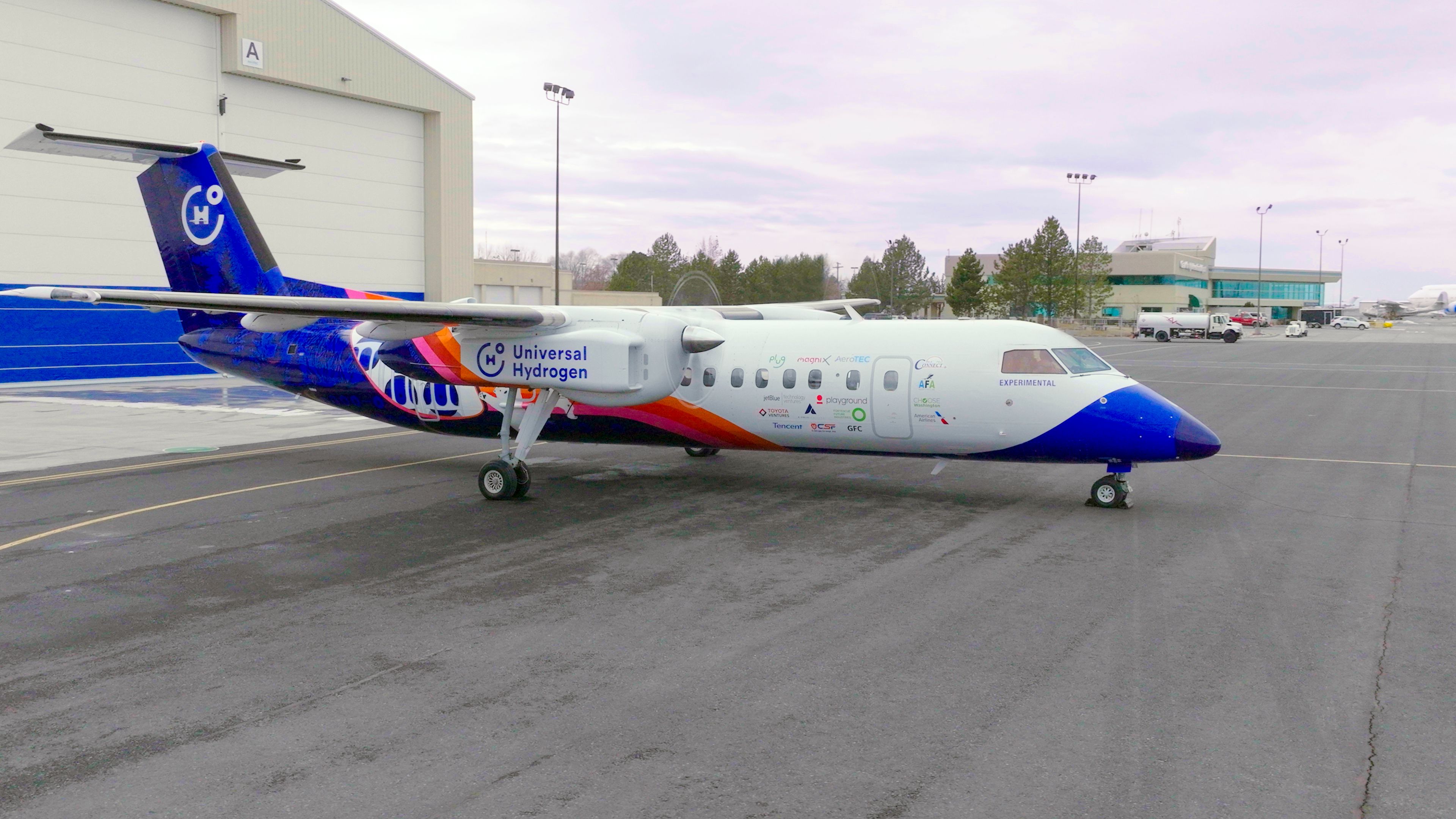Summary
- Japan Airlines is partnering with hydrogen-electric manufacturers, H2FLY, Universal Hydrogen, and ZeroAvia, to explore the possibility of hydrogen-powered regional operations.
- The partnerships aim to address key challenges in aviation, such as CO2 emissions, by studying the feasibility of hydrogen aviation.
- JAL’s commitment to achieving net-zero operations by 2050 aligns with its exploration of hydrogen-electric propulsion technology for its regional aircraft.
Japan Airlines has partnered with three hydrogen-electric manufacturers – H2FLY, Universal Hydrogen, and ZeroAvia – as it explores the possibility of hydrogen-electric-powered regional operations.
JAL eyes hydrogen-fueled flight
The Japanese carrier signed separate agreements with the three companies, which have all successfully conducted hydrogen-powered test flights. With over 50 regional aircraft in operation across JAL airlines, the Japanese carrier is considering the feasibility of going hydrogen-electric on a commercial scale.
Ryo Tamura, President of JAL Engineering, said,
“Hydrogen could solve a number of key challenges, including CO2 and non-CO2 emissions from aviation propulsion. It is important that we explore the potential benefits and challenges for hydrogen aviation with the leaders in the sector as a matter of urgency. Our collaboration will lead and contribute to safe and sustainable aviation in Japan.”
As with many carriers worldwide, JAL is committed to achieving net-zero operations by 2050. Its three partnerships will aim to “study the safety, economic feasibility and maintainability” of next-generation hydrogen-electric aircraft.
H2FLY
H2FLY is a hydrogen-electric aircraft developer based in Stuttgart, Germany. The company became the first to conduct piloted hydrogen flights with its HY4 demonstrator in September.
Photo: H2FLY
It is on its sixth-generation powertrain, which is capable of doubling the range of its HY4 from 750 km to 1,500 km through the use of liquid hydrogen. While it has yet to give a firm date, H2FLY wants its tech to power 40-seater aircraft with a range of up to 2,000 km.
Universal Hydrogen
JAL’s partnership with California-based Universal Hydrogen will focus on its retrofit conversion kit, as well as the company’s logistical know-how.
Rod Williams, Chief Commercial Officer at Universal Hydrogen, commented,
“JAL joins other major global airlines to be interested in Universal Hydrogen’s retrofit conversion kit solution to replace their regional fleet, and combined with our hydrogen ecosystem collaborations, we are bringing a complete solution to the JAL regional network.”
Photo: Universal Hydrogen
The company has been conducting tests using a Dash 8 demonstrator after completing its first flight in March. As of September 2023, it has attracted 250 orders for its regional aircraft conversion kits in deals worth over $1 billion.
ZeroAvia
ZeroAvia is a British-American company that has already racked up nearly 2,000 orders for its engines. It initially aims to power 9-19 seat aircraft up to a range of 480 km, before providing powertrains for 40-90 seat planes in the 1,125 km range.
Photo: Oliver Kay | ZeroAvia
James Peck, Chief Customer Officer at ZeroAvia, said,
“Japan plans massive investment in hydrogen supply and also in supporting the development of hydrogen aviation, so there is clear opportunity for exploring early adoption. JAL group already operates 50 regional aircraft which will be relevant to hydrogen-electric propulsion technology in the foreseeable future.”
It completed the first successful flight test of its ZA600 engine on a Dornier 228 back in January, while its ZA2000 powertrain aims to hit the market in 2027.
Collaboration on studies
According to JAL, the partnerships will involve “conducting extensive studies” on the feasibility of hydrogen aircraft in Japanese airspace. Current technology means hydrogen-fueled aircraft have a limited range, but are feasible for the airline’s domestic network. Other crucial aspects of hydrogen flight, such as fuel infrastructure and regulatory hurdles, will also be closely assessed.
What are your thoughts on this? Let us know in the comments.




